How to Build an Unforgettable Brand:
Organic Brand Awareness & Understanding Brand Memorability
Guide
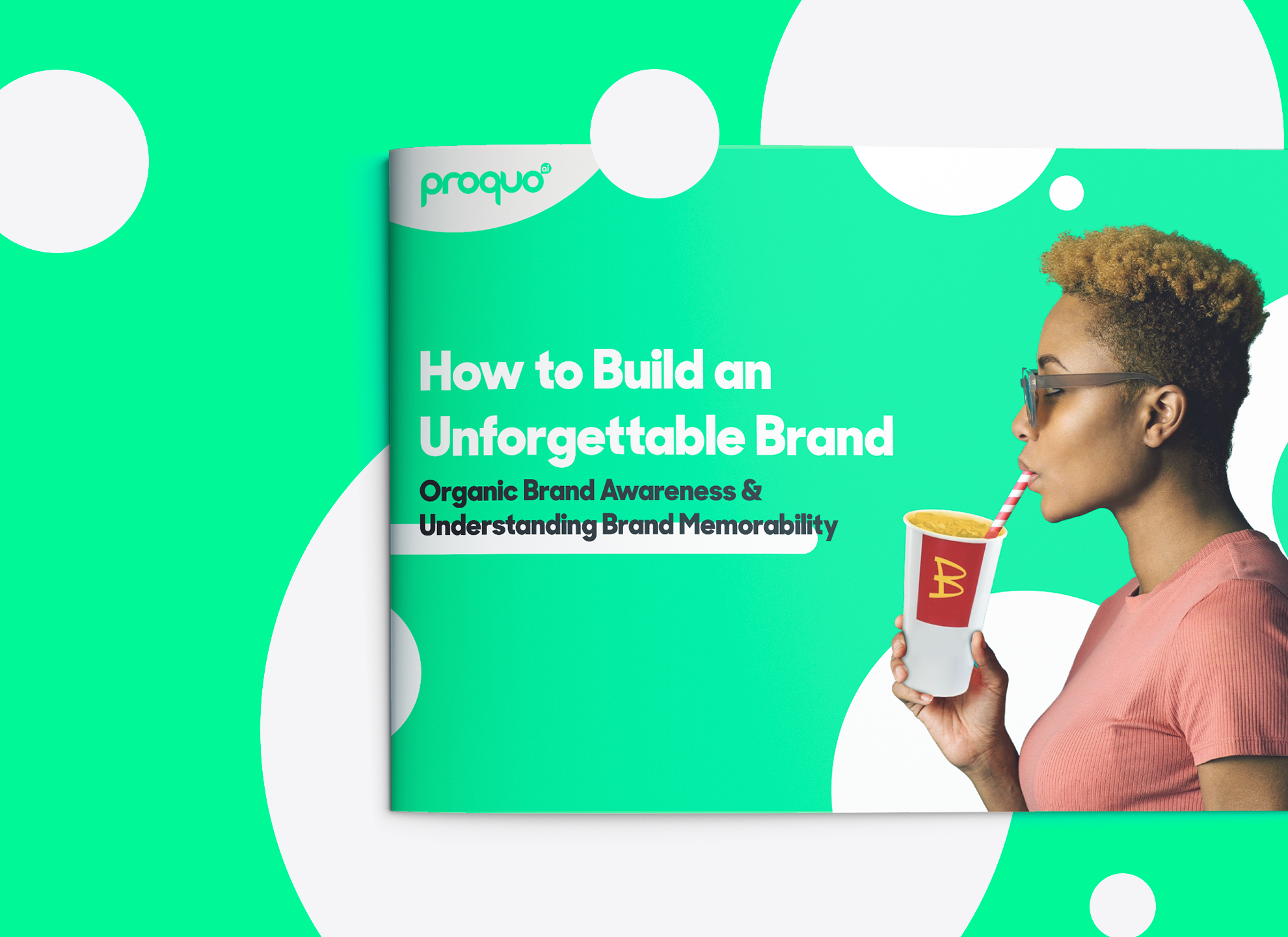
Consider Coca-Cola. What color is it? What does the logo look like? What’s the shape of the bottle? What does it taste like?
Coca-Cola is one of the most recognizable brands in the world. Everyone knows its signature caramel color, it’s fizzy sound, that white script logo on that fire engine red background, and that not-too-sweet taste. Coca-Cola is so preeminent that in some places “Coke” is the standard terminology for any soft drink.
Coca-Cola is an excellent example of a memorable brand, the status that every brand aspires to. A memorable brand is one that sticks in your mind, that you recall without prompting, and which you associate with very specific traits and behaviors. For years, the standard for becoming a memorable brand has been through building brand awareness. But we’re here to challenge that.
In this white paper, we’ll discuss the difference between building brand awareness and building brand memorability, and how they are linked. We’ll uncover the ins and outs of what makes a brand memorable and how that, in turn, affects your brand’s awareness. In short, we’ll explain how to build a brand that people will remember. Let’s get started.
So, what is brand memorability, and what is its relationship with brand awareness?
While brand memorability and brand awareness are undeniably linked, they remain distinct.
Brand awareness has been popularized and is often linked to household penetration. It’s also something that can often be bought – by investing in broad reach media, and through a consistent investment in your brand over time. The danger with it though is that – in isolation – it can be a red herring.
Focusing solely on brand awareness won’t always pay dividends in the long-run. Especially for challenger brands that are still scaling. If a brand isn’t built at its foundations in a memorable way, the moment that media is turned off or a campaign ends, awareness of that brand can start to decline.
Brand memorability is much more organic, and something that should be constructed within the DNA of the brand and how people experience it. Memorability is made up of the distinctive traits your brand exhibits, and the disruptive tactics your brand chooses to use to stick in people’s minds over time. It doesn’t necessarily have a beginning or an end – it is something that a brand builds and continues to evolve as tastes, social structures, and times change. Even as new brands come into the market.
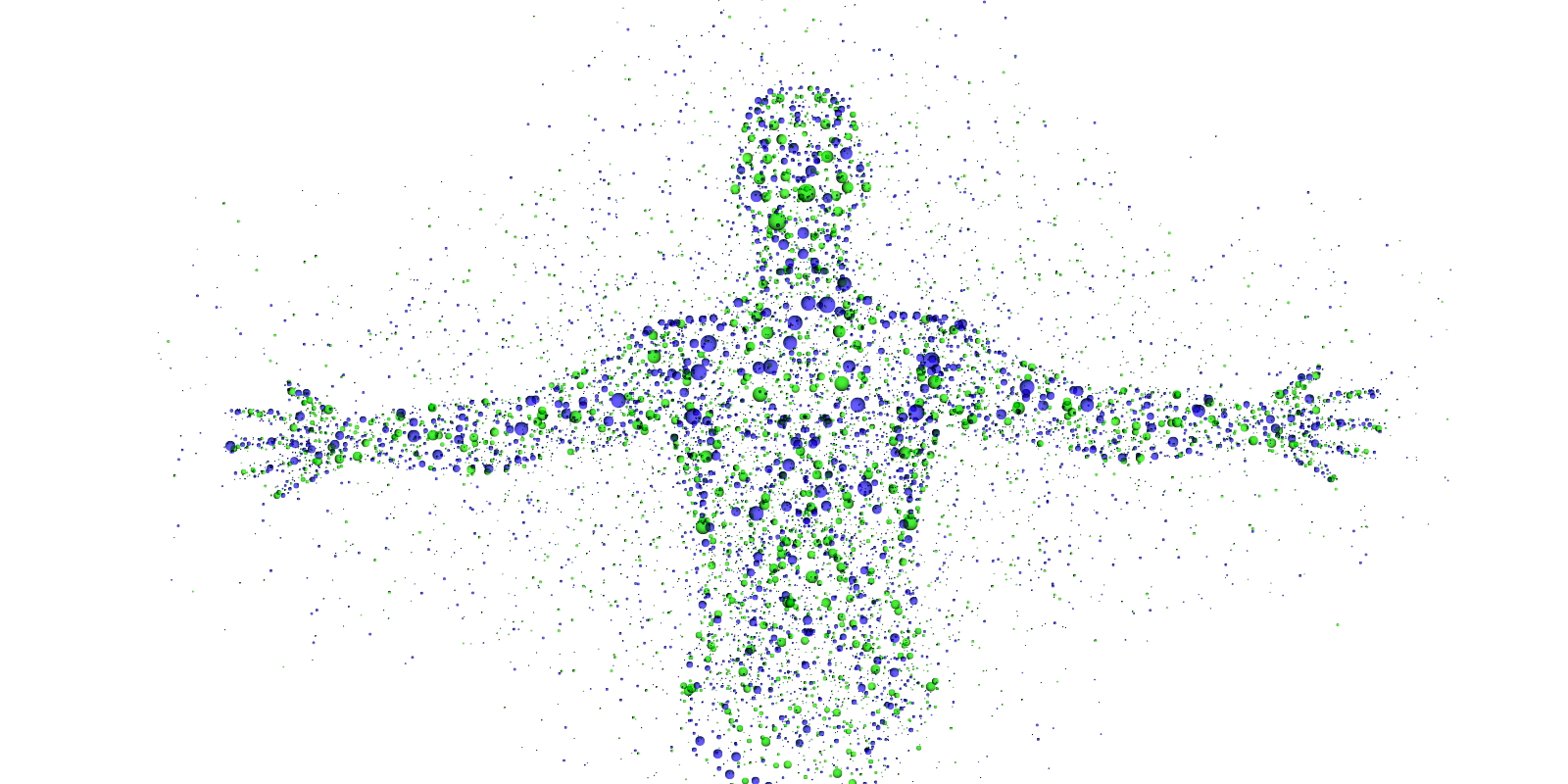
Brand awareness is an indication of how many people have heard of your brand. Brand memorability, on the other hand, is your brand’s grip. It takes into account how people experience your brand, and the degree to which your brand is able to cut through the sea of countless other brands people interact with daily.
A brand’s memorability is driven through the level of distinctiveness it exhibits in peoples’ lives, and through people’s ongoing relationship with the brand.
Brand memorability super-charges brand awareness. And while brand awareness may be the end destination, memorability is the path to get there. The exciting thing for emerging, challenger brands is that establishing a brand people remember doesn’t require flashy budgets or studio settings. It is in the very foundations of your brand. And when built into your brand from the start and nurtured over time, it sets your brand up for better, more cost-effective brand awareness.
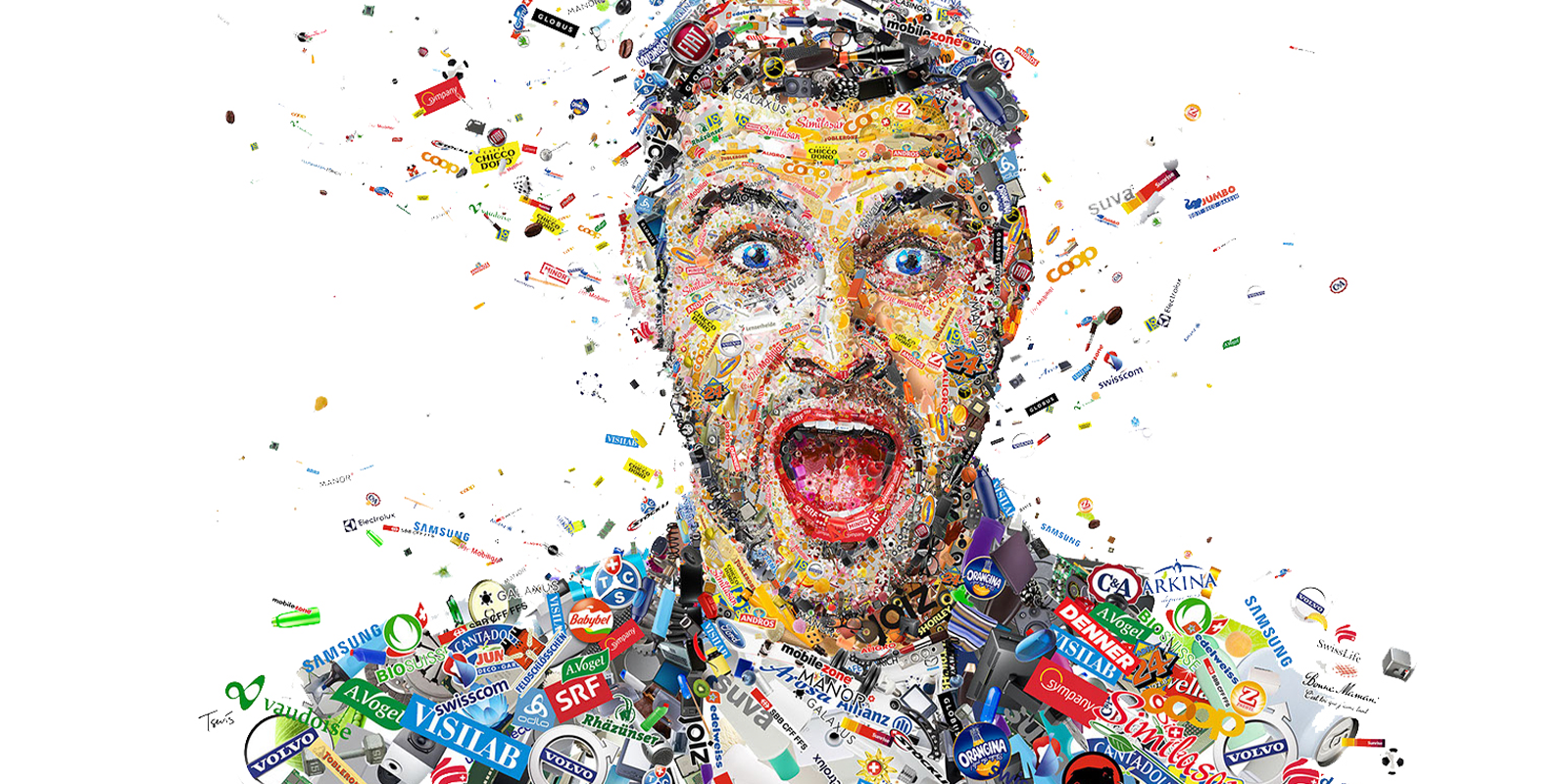
So how can you make your brand unforgettable? The secret lies in creating surprisingly memorable moments at certain points within the end-to-end consumer journey.
What’s interesting is that your competition for brand memorability isn’t just amongst the other brands in your category – it’s amongst the thousands of other brands your target audience interacts with on a daily basis. A tough challenge, right? Let’s go for it.
If you’re an FMCG brand, you have an average of five seconds in someone’s day to make an impact. A short, fleeting moment to make someone want to interact with you. And because there’s never been more brands to choose from, breaking into someone’s consideration set is tougher than ever. Consumers have the luxury to be choosier about which brands they give their time and money.
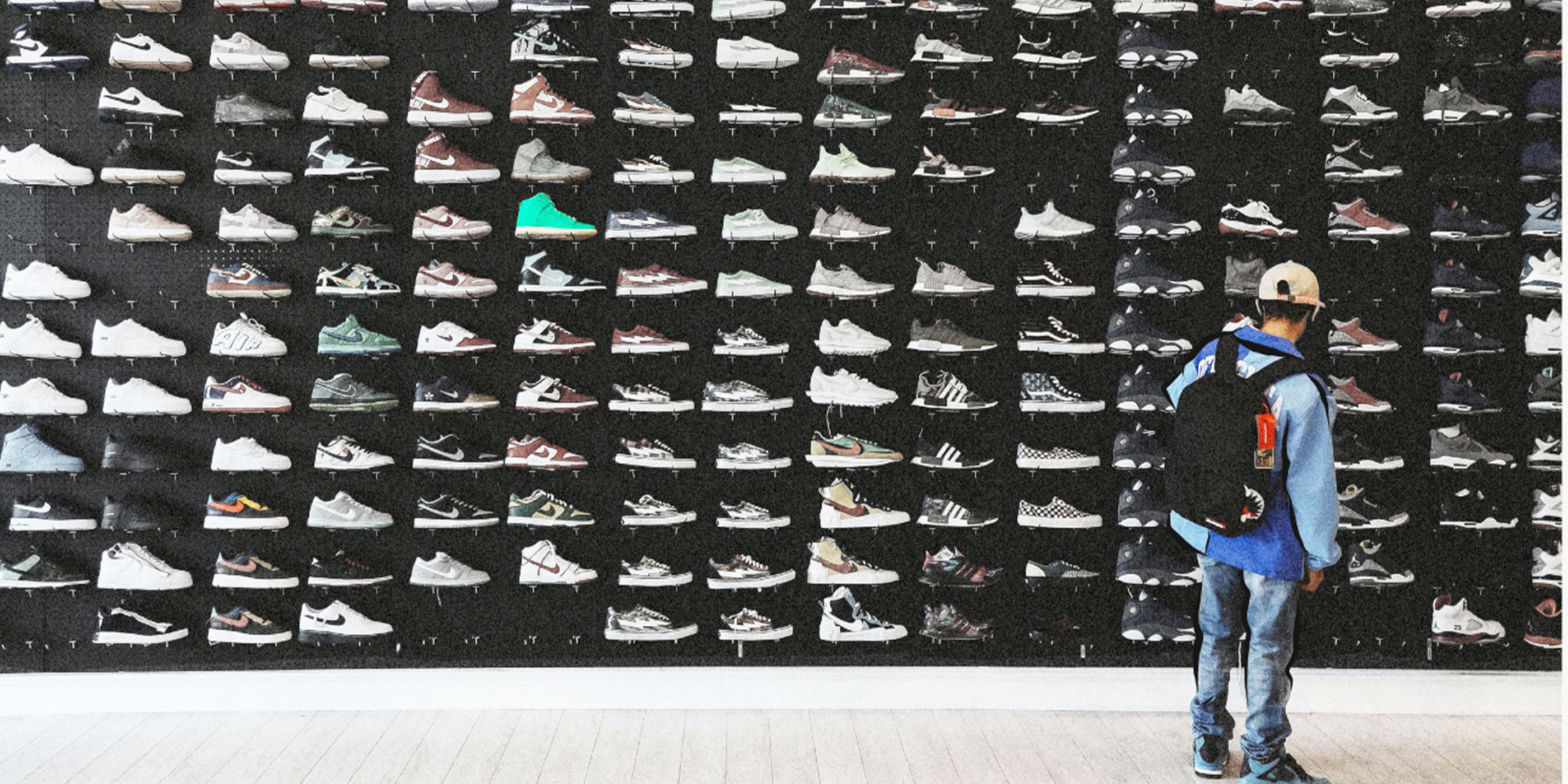
Think like a consumer for a second.
Try to remember a moment that blew away your expectations for a particular brand. An unboxing experience or the first time you used a brand and discovered something delightful about it. Think about that one unexpected element, and how it stood out to you. The key to building brand memorability is about finding the parts of your brand’s experience which no other brand is making memorable and choosing that as your strategic point of difference. Making that moment memorable in an undeniable way.
If you want to be truly memorable, your brand’s experience needs to shine in the areas that other brands aren’t shining in.
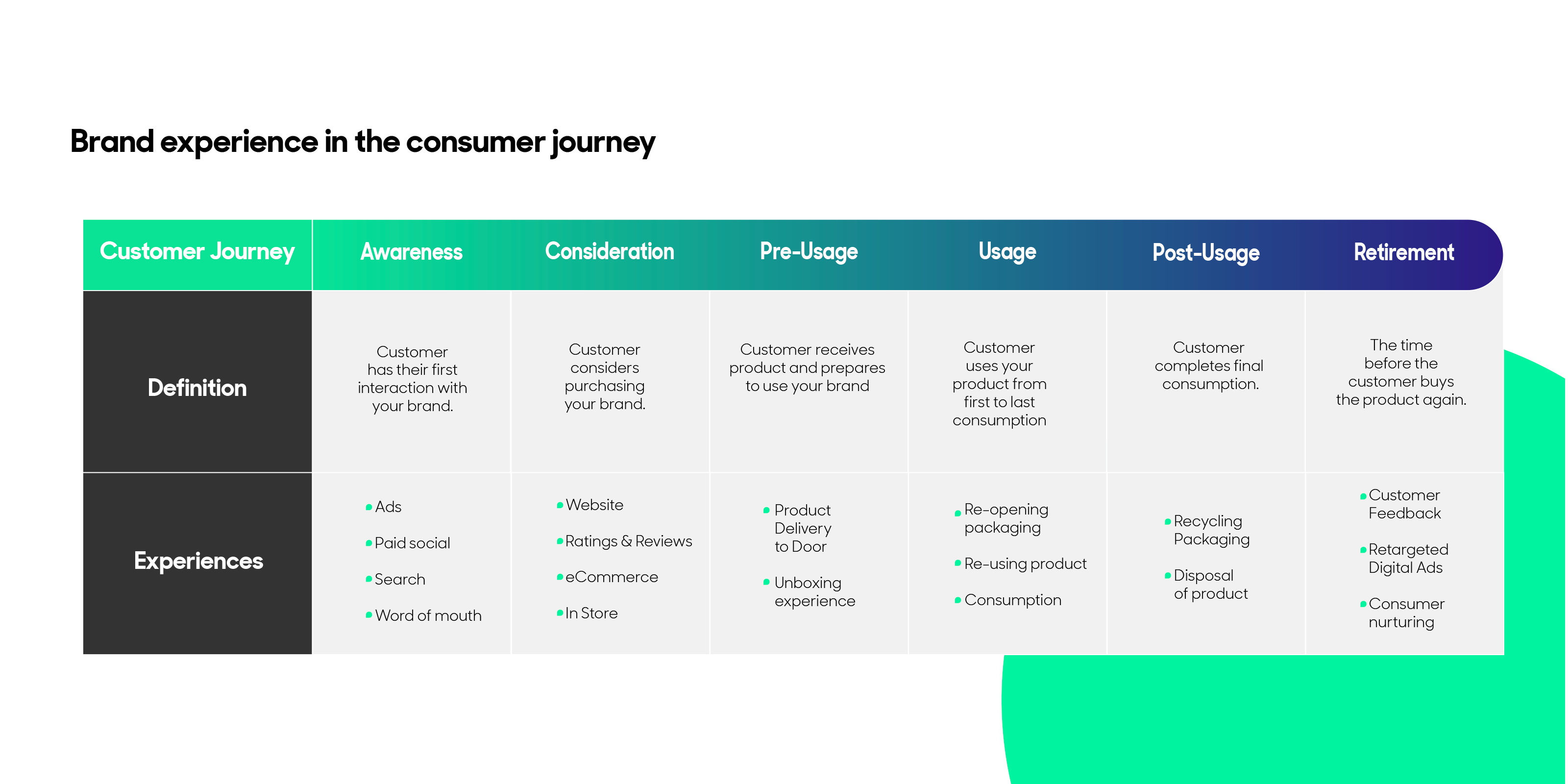
The path to memorability can be quite simple: You don’t need to recreate your entire product line, you just need to pick a few key strategic moments to cut through. You need to find where the opportunities are to create undiscovered memorable moments.
Every single brand wants to make themselves unique – but if everyone’s unique, then no one is.
When we talk about the end-to-end brand experience, we’re talking about the full relationship lifecycle a person has with your brand. Everything from first becoming aware of it, to purchasing it, consuming it, and then disposing of it before hopefully picking it up again at a different point in time.
There’s a concept here worth sinking your teeth into when it comes to the end-to-end consumer experience with your brand: the Forgettable Zone of Tolerance.
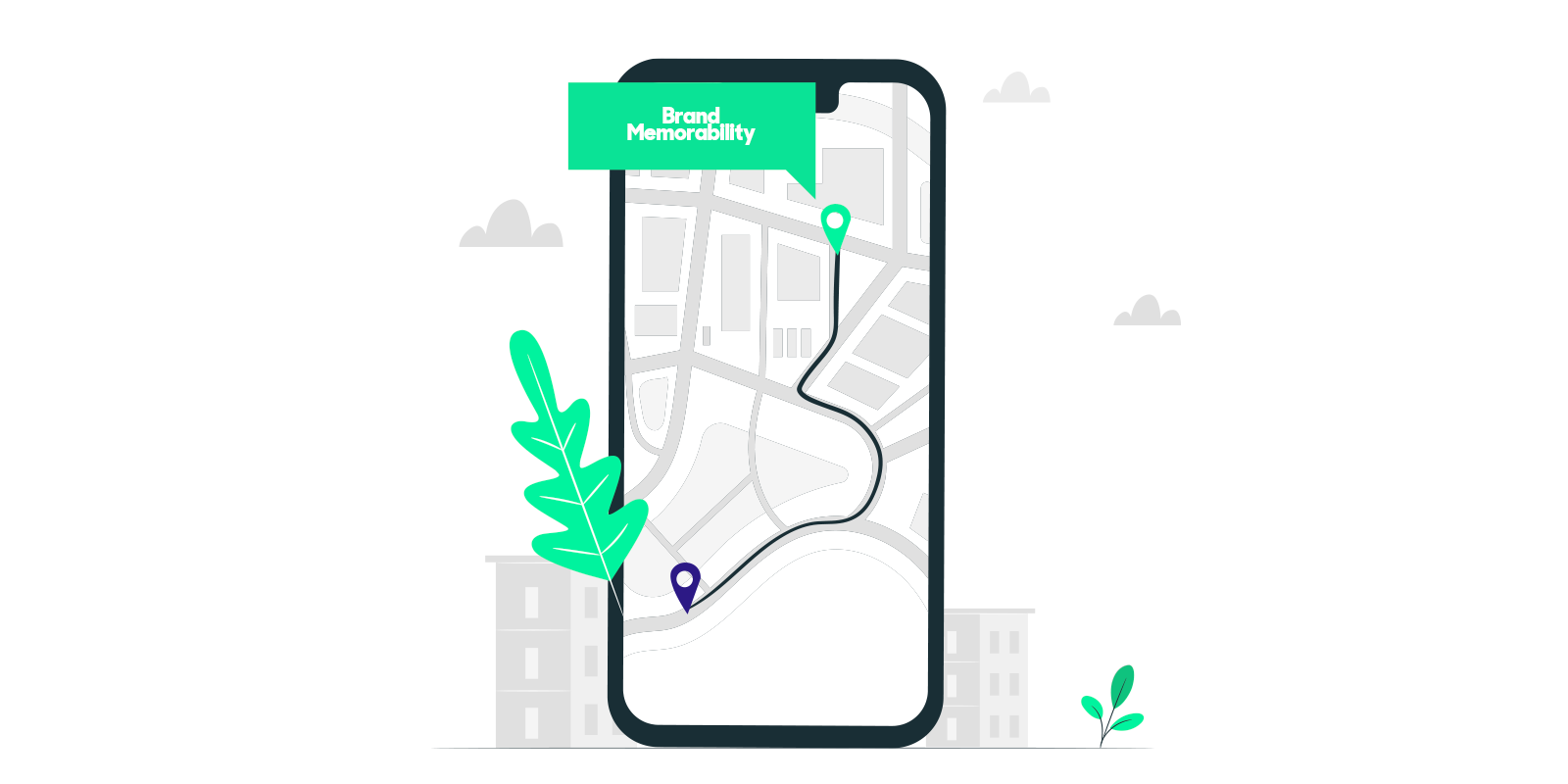
The Forgettable Zone of Tolerance is the idea that across your end-to-end brand experience there are lots of interactions people have with your brand that are perfectly adequate and satisfy their needs, but that aren’t truly memorable. It sounds disappointing, but it is perfectly normal and acceptable.
In customer experience you should aim to have 90% of your end-to-end brand experience in this Forgettable Zone of Tolerance. Focusing your attention on the remaining 10% is then crucial, as these are the places where your brand can distinguish itself and become truly memorable.
Consider how tech giant, Apple, has differentiated their unboxing experience – everything is bright white, masterfully constructed, and has its own compartment. Opening an Apple product is a surprisingly memorable experience. What Apple has done is zeroed in on the pre-usage experience and decided to make it a moment to be remembered. It’s unique to Apple and something other brands in their space don’t do. If you were to buy a Dell or HP laptop and you go to open it, you don’t remember the unboxing experience. It’s in their Forgettable Zone of Tolerance. Your experience as a Dell or HP user isn’t disappointing or frustrating, but there is nothing surprisingly memorable about it.
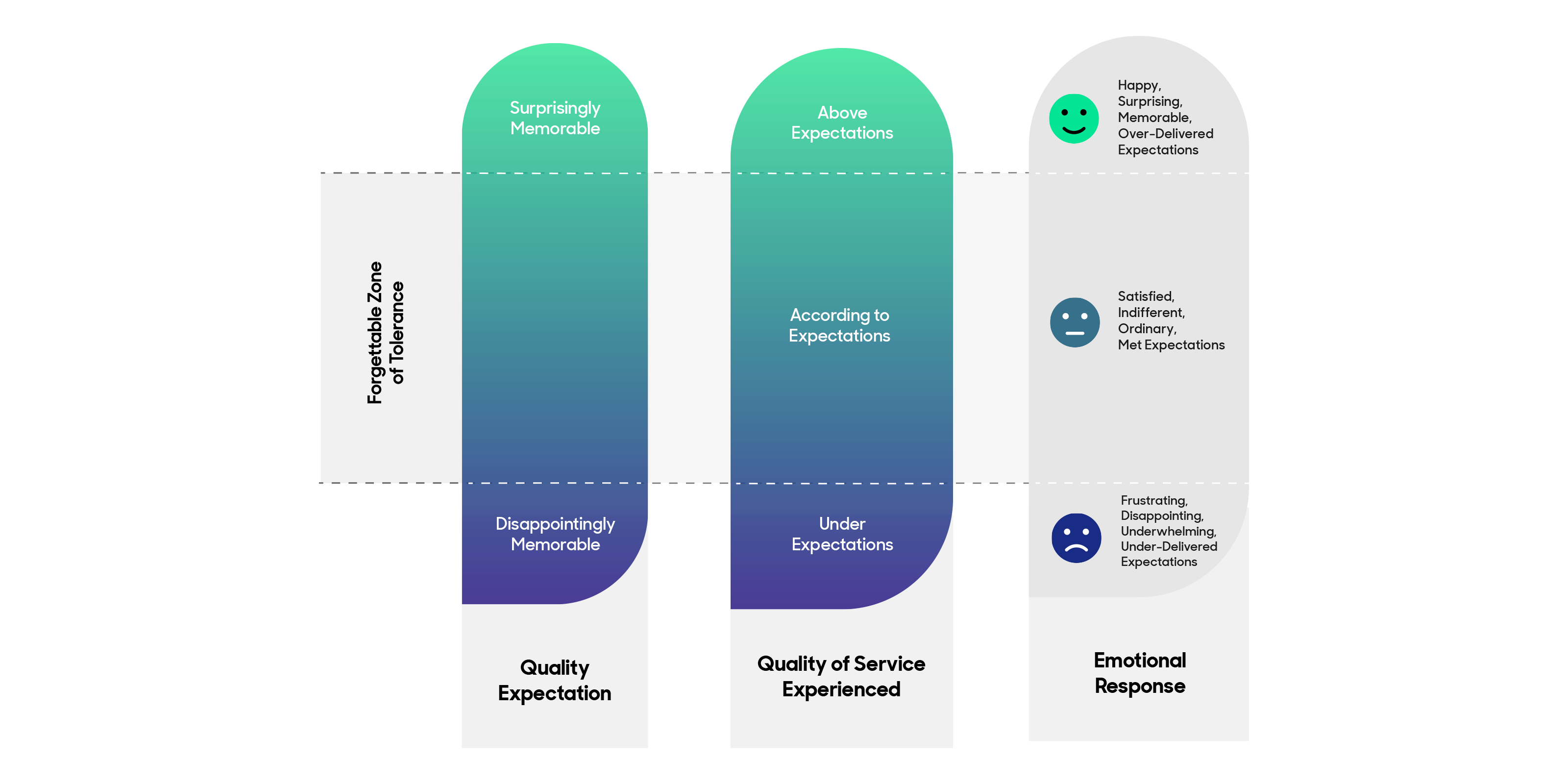
So, what is it about a brand which makes it stick in people’s minds? Let’s start by exploring the science of memory, and something called dual-process theory.
Dual process theory is the idea that there are two different ways your brain processes information to learn. In neuroscience, this is called System 1 and System 2. System 1 is the more automatic, subconscious “feeling” part of your brain, while System 2 is characterized by in-depth analysis and conscious decision-making – the “thinking” part.
If we were to ask you, “Are Mercedes-Benz cars expensive?” there is something that will hit you in your gut, before you even articulate a reply. That’s your System 1 talking. It’s an instinctual, uncontrollable feeling which you have in response to something. And within neuroscience, people are proven to be in a System 1 feeling state only from 250-850 milliseconds of time.
When it comes to decisions to buy brands, 90% are made in the System 1.
Beyond System 1 is System 2 – the conscious, more deliberate part of your brain which “thinks” in response to stimulus. It would be the articulated “why” behind the question “Are Mercedes-Benz cars expensive?” posed earlier.
So, when deciding on where in the consumer journey you’re going to focus, think first about System 1. Getting a reaction to your brand that is fast, sensory and easy for the consumer to store away in their System 1 subconscious is going to be key to building memorability. Then, think about people’s System 2 response to the experience your brand provides. Does it fit with your overall brand DNA? Your brand values? When people apply their System 2 thinking will it make sense in the context of your brand?
To build your brand’s memorability, it’s essential that you think through how you want people to feel, subconsciously, in relation to your brand and what you want people to think, consciously, about it across the end-to-end consumer experience.
So, how and when can you create surprisingly memorable moments across the consumer experience?
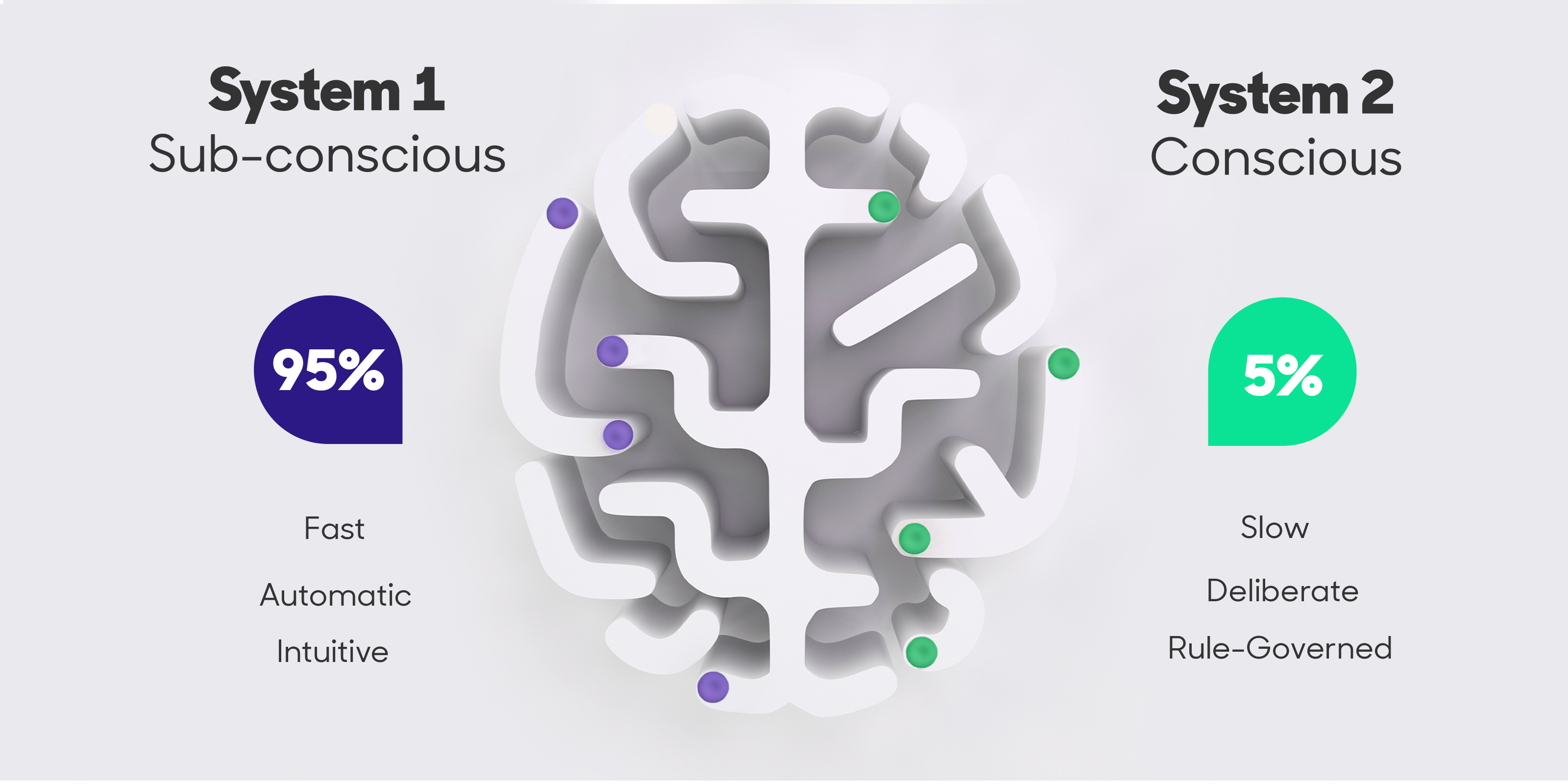
Think about the steps within the consumer journey and choose just one or two moments to win on:
Once you’ve mapped out your consumer journey, the first thing to do is make sure you’re going to be remembered for the right reasons. This means identifying and fixing parts of the journey where your brand doesn’t meet expectations, or worse, if it provides a disappointingly memorable experience for consumers.
The next step is to uncover where other brands in your target audiences’ repertoire are and where your competitors are winning to then find the opportunity space for your brand to own. Consider things like your brand’s at-shelf experience, the buying experience, the usage experience, and the post-usage experience. If you look at your entire end-to-end brand experience – there will be some really key moments your brand can own.
As a helpful exercise, map out your brand’s end-to-end consumer experience and determine which moments are, at an industry level, consistently falling in that forgettable zone of tolerance. Then, plan how you can break out of the humdrum in that area. Look as well at the parts of the consumer journey which no one is differentiating on; which no one has thought of yet.
Consider this example below, from Apple. They have created an incredible Consideration experience through their Apple Store. On top of that, they've created a surprisingly memorable Pre-Usage experience via an unforgettable first-unboxing moment.
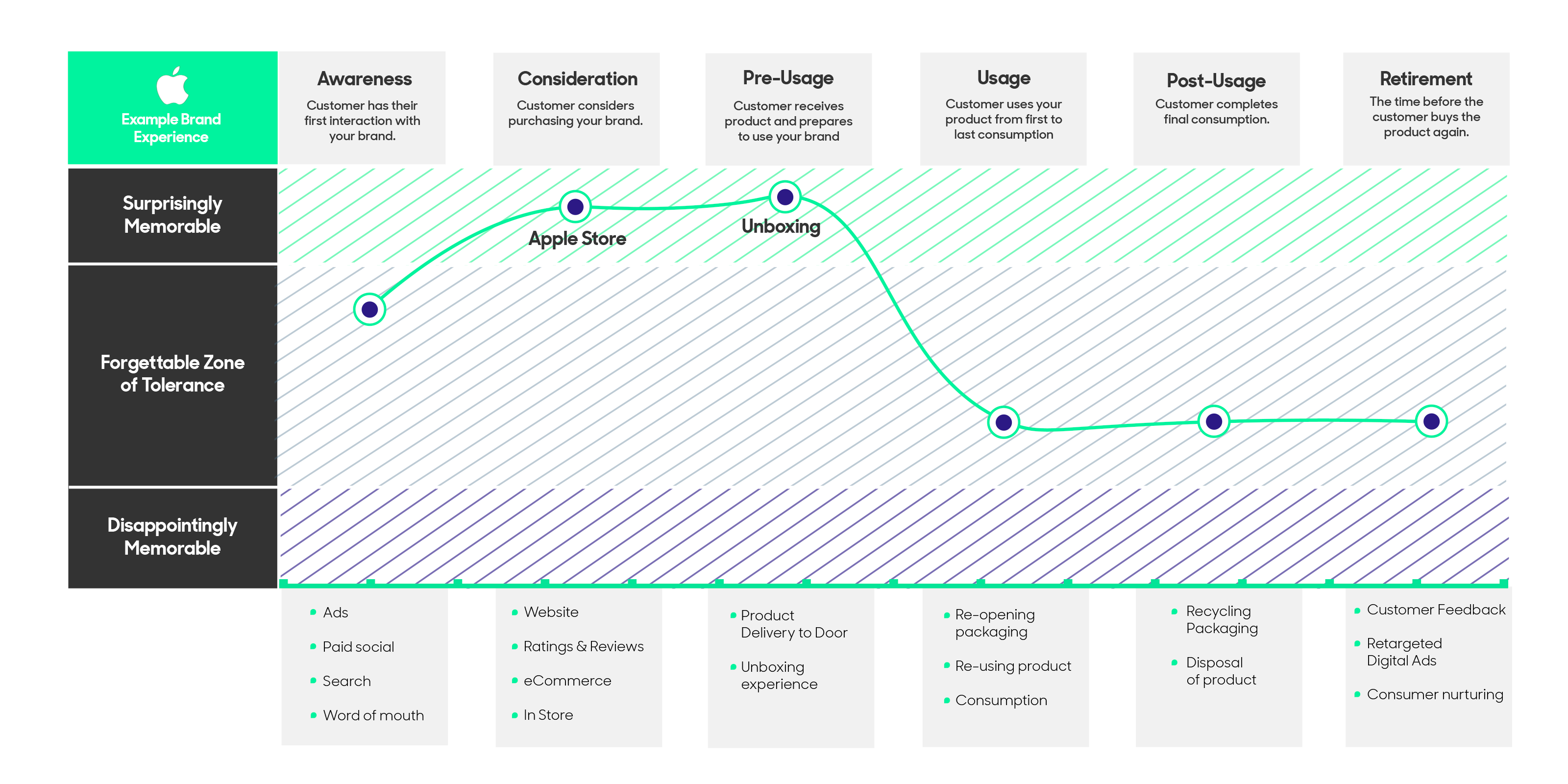
Once you’ve pinpointed where your brand can stand out in a surprisingly memorable way, the next step is to determine what your brand can do in that moment to deliver a surprisingly memorable experience.
The 16 Drivers below are the 16 ways people form relationships with brands. As a brand owner, you have 16 spaces where your brand can win, and drive memorability.
We’ve talked about identifying where to target on the consumer journey for your brand, the drivers are how you can win on those moments. In the same way that you need to ensure there are no disappointingly memorable moments along the journey, it’s also important that your brand isn’t underdelivering on the 16 Drivers.
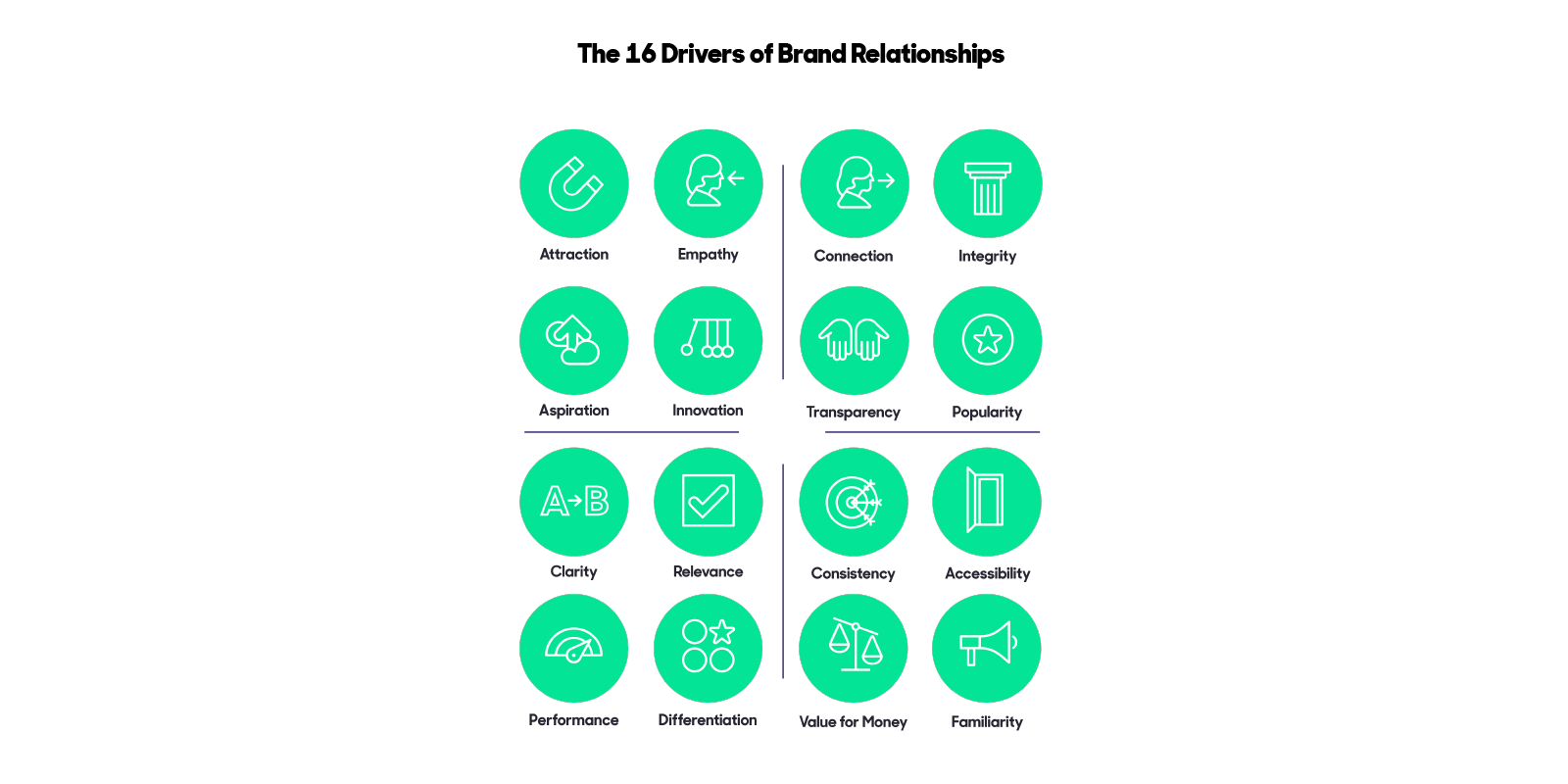
Successful brands can’t have products that don’t perform, or are unappealing to the eye, or that are inconsistent in their end-to-end experience. With a strong foundation across the drivers, it’s time to focus in on the drivers you’re going to major on to win.

rag & bone | Accessibility
Their men’s fragrance is packaged in a normal perfume bottle, has a great smell, and lasts all day. But they’ve majored on Accessibility – the product’s ease of use – in the post-usage experience. Their perfume bottle has a magnetic lid, perfect for those who lose their fragrance caps all the time. When it comes to fragrances, people don’t pay attention to how the lid fits back onto the bottle, but Rag & Bone have homed in on that part of the usage experience in a way that no one else in the category has.
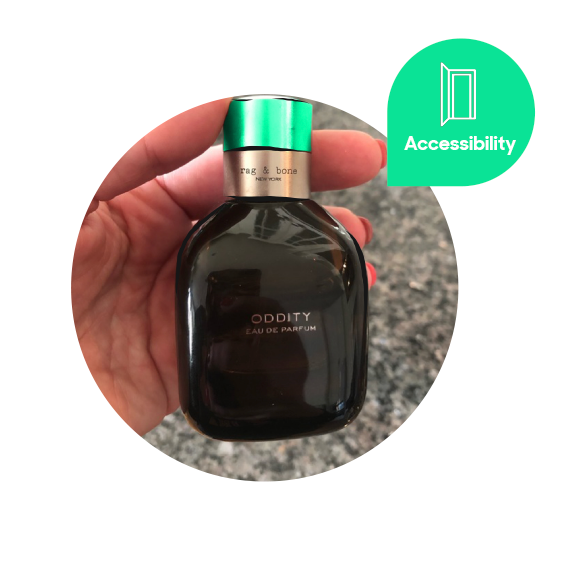
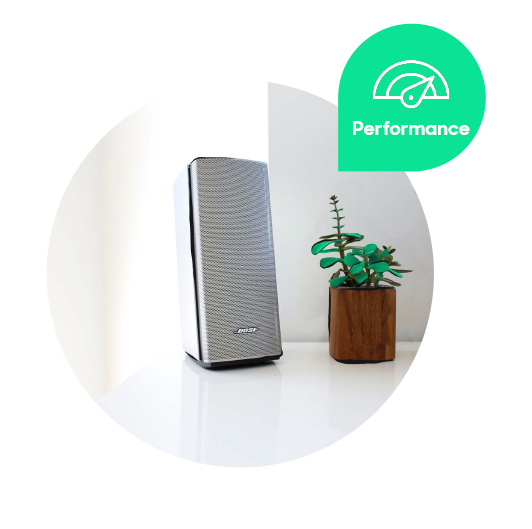
Bose | Performance
Bose is the industry standard for headphones and speakers. Their noise-canceling headphones were the first to introduce a feature that alerts you when you’ve entered the noise-canceling mode, making you subconsciously take note during the pre-usage experience. Bose majored on Performance at the pre-usage stage to emphasize the quality of their technology. Now most other headphone brands have adopted a similar function.
Oatly | Differentiation
This oat milk brand has been heralded for its quirky tone of voice, enhancing the awareness stage of their brand’s experience and majoring on Differentiation. Where many other alternative milks focus on serious, eco-centric messaging, Oatly opts for a casual, friendly, and distinctly human and entertaining tone. This really helps them cut through in advertising, amongst other brands in the category.
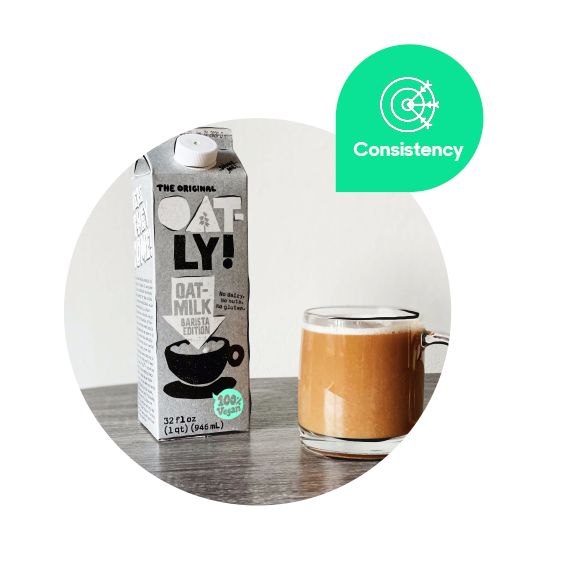
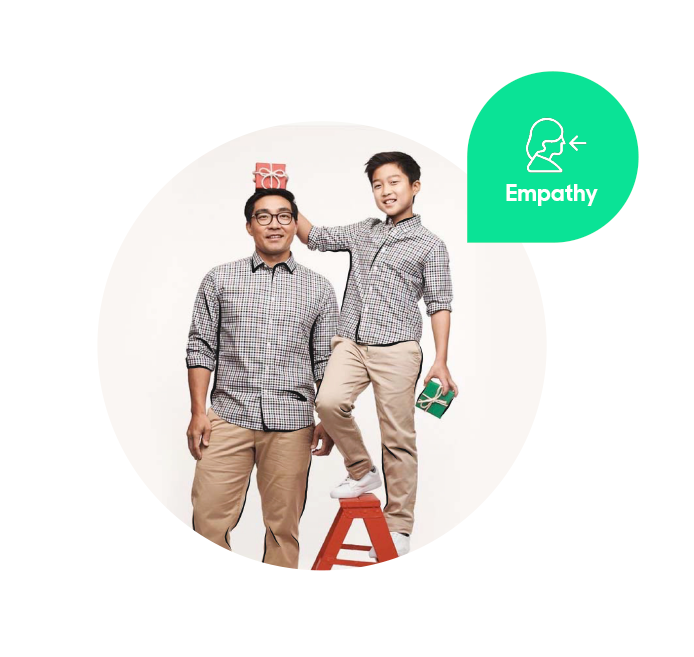
UNTUCKit | Empathy
The shirt company revolutionized the usage experience in the men’s button-down shirt category by understanding men’s needs. They major on Empathy during the usage phase of the consumer journey. They saw a need in the market for men that wanted to untuck their shirts for a more casual look, but were stymied by hems that were too long. They simply created shorter hems which allowed their shirts to remain (you guessed it) untucked. By letting shirts fly free, UNTUCKit eliminates a pain-point for guys, allowing for a more casual yet professional look.
Rothy’s | Clarity
Rothy’s has broken through the shoe category in both an eco-friendly and practical way. Rothy’s shoes are 3D-woven from recycled plastic, a feat in the world of sustainability. But they go even further by driving Clarity in their post-usage experience. Boasting that their shoes are machine-washable, they have a clear role to play for women who are tired of having to buy new pairs when their favorites get dirty.
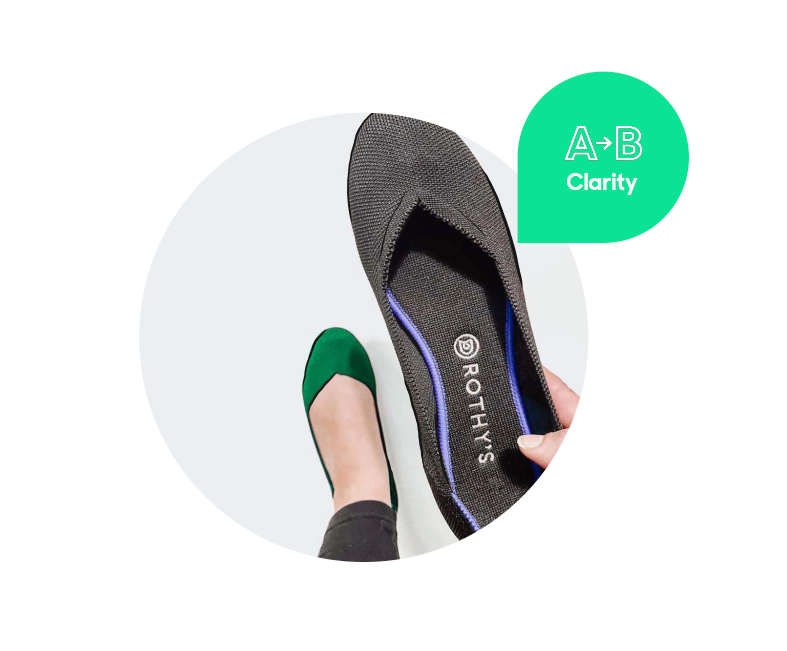
Regardless of the Drivers and which part of the consumer journey you choose to disrupt, your brand must make two investments. Luckily, neither are financial. To drive your brand memorability home, you need to invest in its authenticity and consistency.
Authenticity
Where you disrupt and which Driver you use to do this must make sense within the core of your brand’s DNA and be true to its positioning and proposition. It must feel real, purposeful and relate to your core brand values. Patagonia is an outdoor-focused brand that supplies people with clothing, as well as products for camping and outdoor activities. Part of what sets them apart is their Integrity; their willingness to invest in activism that intersects with climate change, from supporting youths fighting oil drilling to Indigenous-led land management. Since their arrival on the scene, they have always made this central to their experience.
In fact, they have an entire section dedicated to their integrity right in the navigation bar of their website! This is clearly in line with their core mission to provide people with quality, sustainable clothing and supplies that allow them to enjoy the outdoors.
Consistency
Consistency is the investment in repetition over time, which is what makes a disruptive experience effective. Rather than a one-off stunt, it’s important to consistently deliver in the same way against a specific product or experience time and time again. This builds trust and reliability in your brand. Whatever your brand chooses to major on within the end-to-end consumer journey must be repeated, again and again, to gain memorability over time.
Patience and persistence here are key. You might not see the benefits in the short-term, but consistency in the long-term has major payoffs for brand memorability.
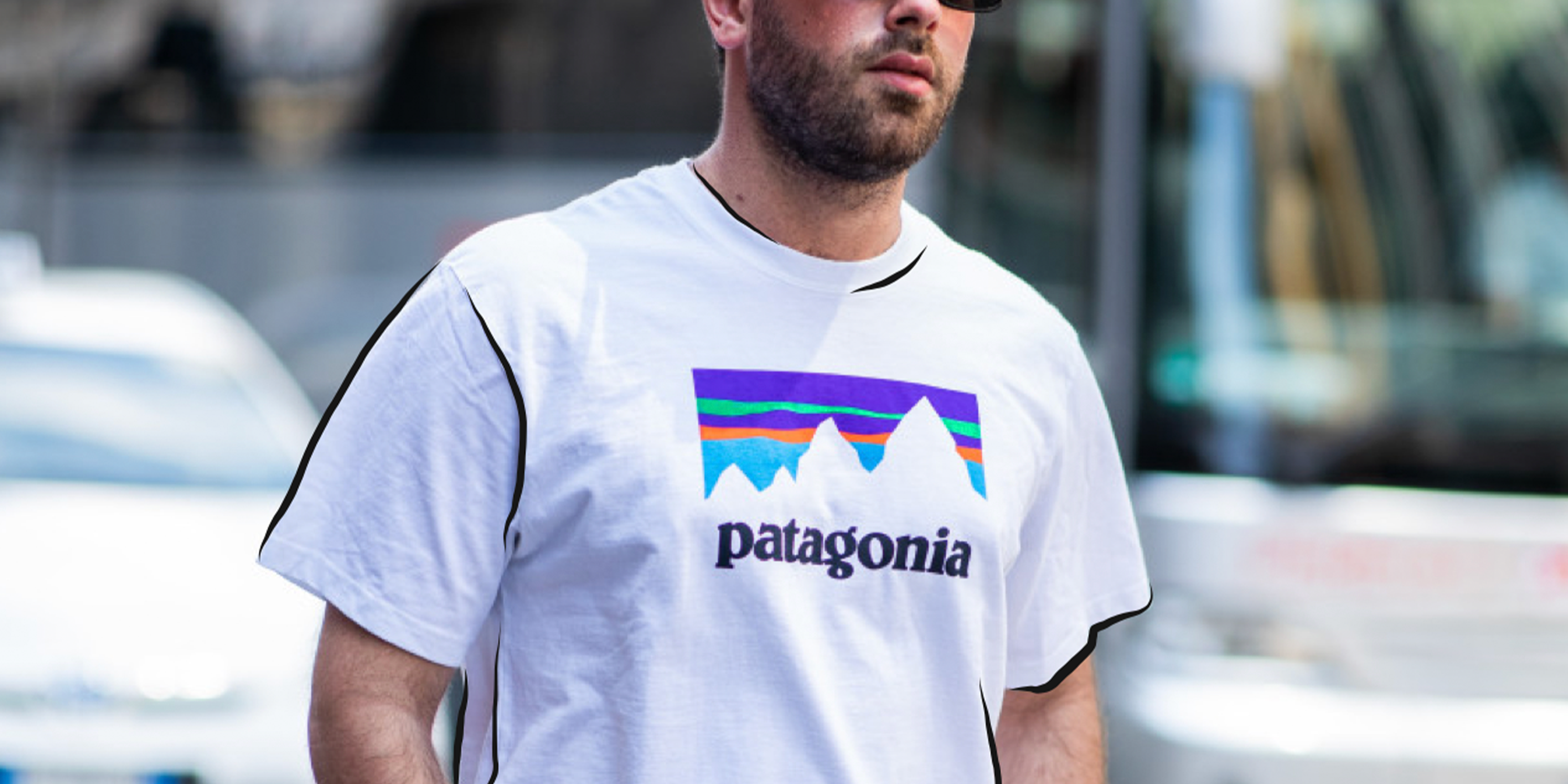
If you’ve set yourself up to create a memorable brand experience, then you’re going to reap the rewards of more efficient brand awareness.
Creating a brand experience that is surprisingly memorable will allow you to realize more cost effective, incremental gains on awareness versus the use of paid media alone. You will no longer need to rely solely on marketing advertising spend to keep your brand top of mind. And when you do spend, your budget will go further and your brand will grow faster.
Rather than paying for brand awareness and hoping that it holds, building your brand through surprisingly memorable moments in the end-to-end consumer journey allows you to continue earning it every day.
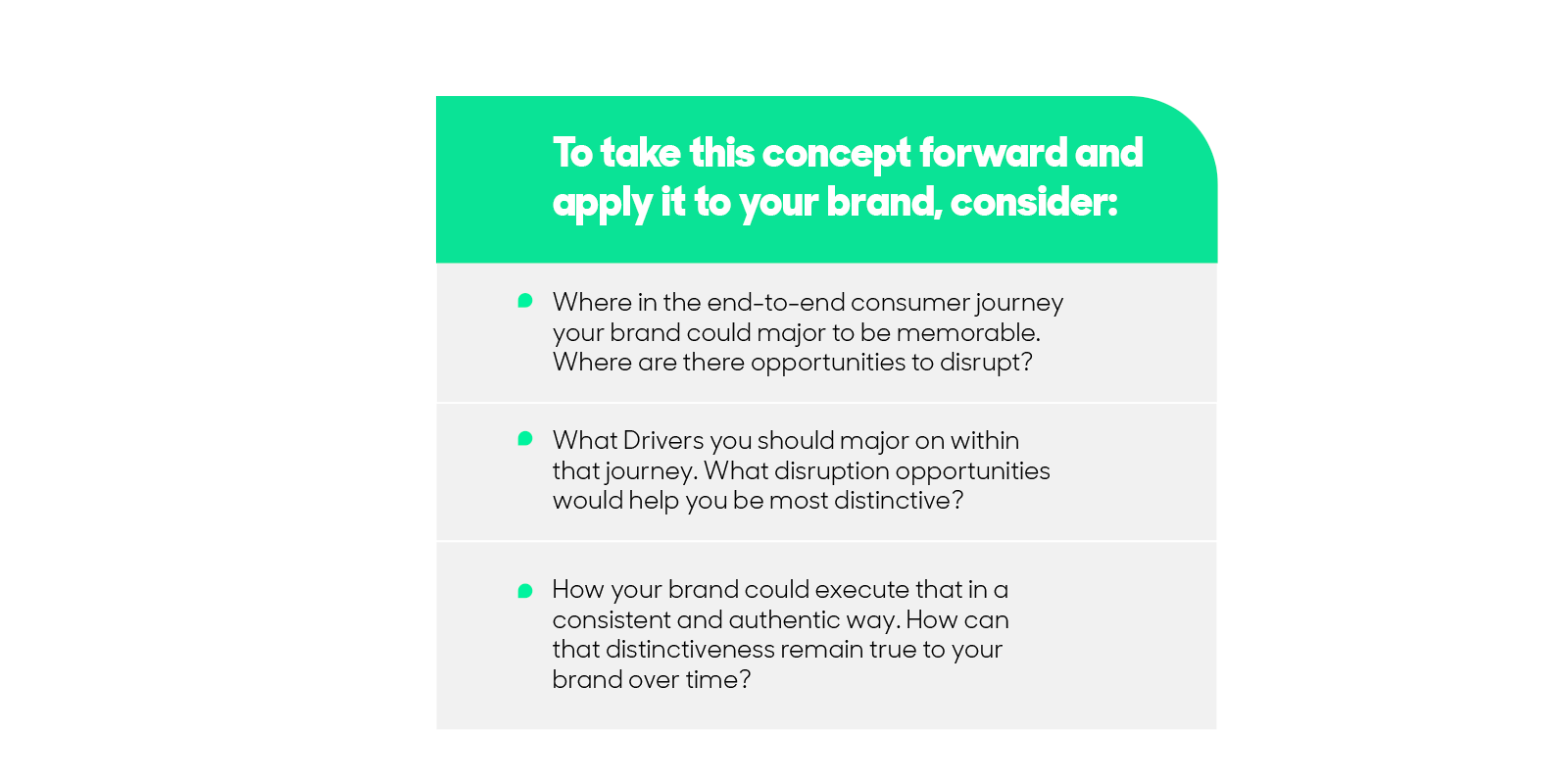

At ProQuo AI, we help you pare down the elements of your brand into 16 Drivers, telling you which ones within the consumer experience are ripe for disruption and can lead to brand memorability. Our framework compares your brand against the competition for a clear view of the areas where you can stand out. And, when you’re ready, our Brand Awareness tracker will tell you, point blank, how many people are starting to think of your brand first.
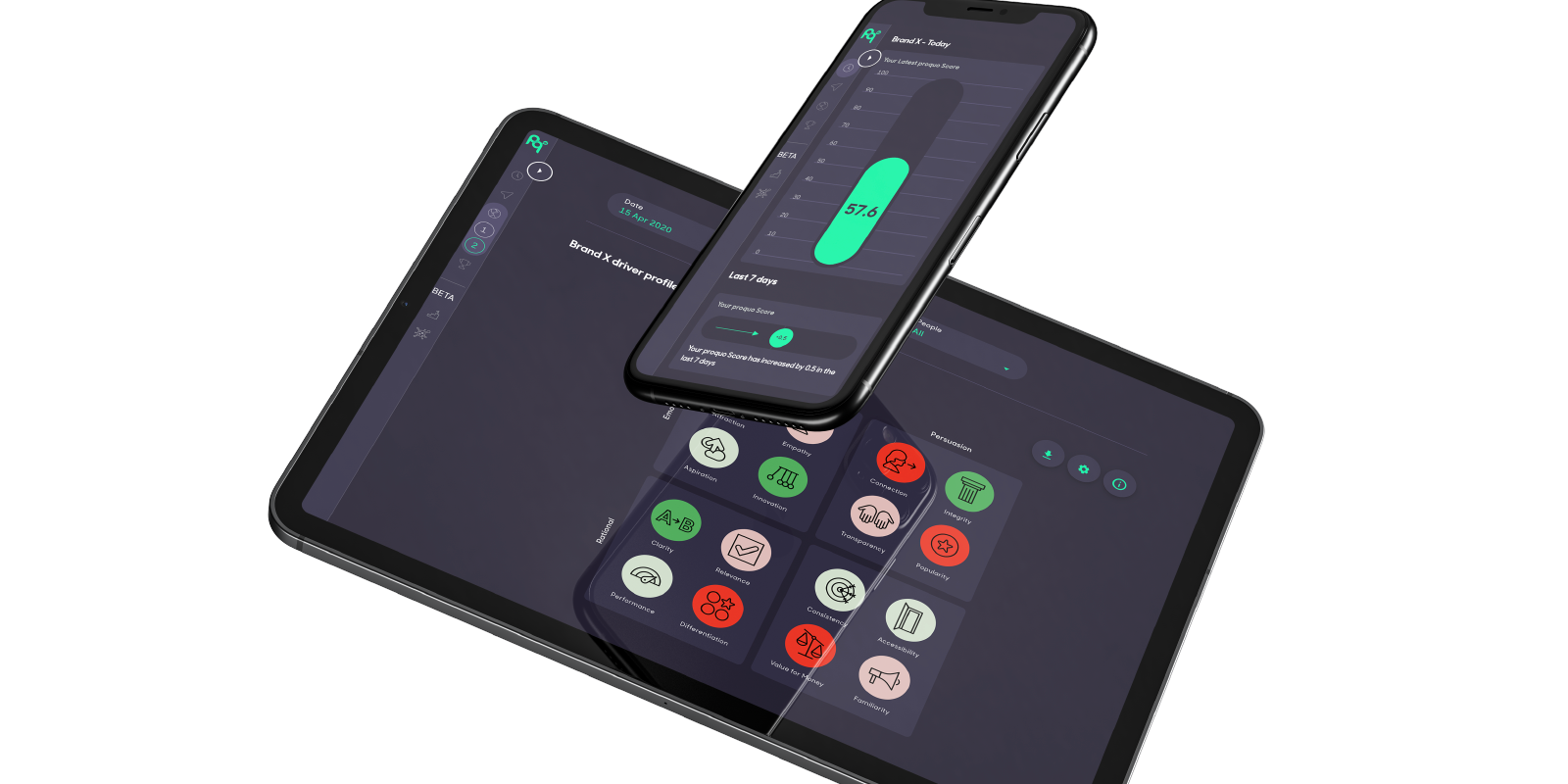
Our intelligent platform will take your brand further, faster.
Don’t believe us?
© 2020-2023 ProQuo AI International
All rights reservedWebsite by Blend